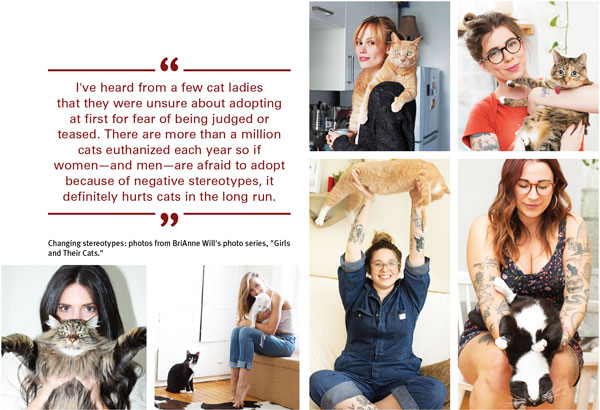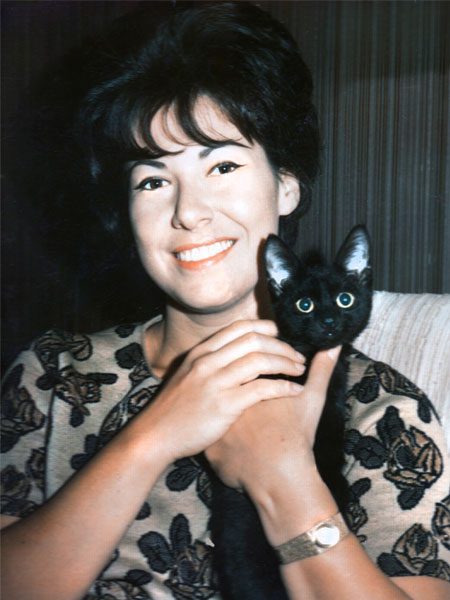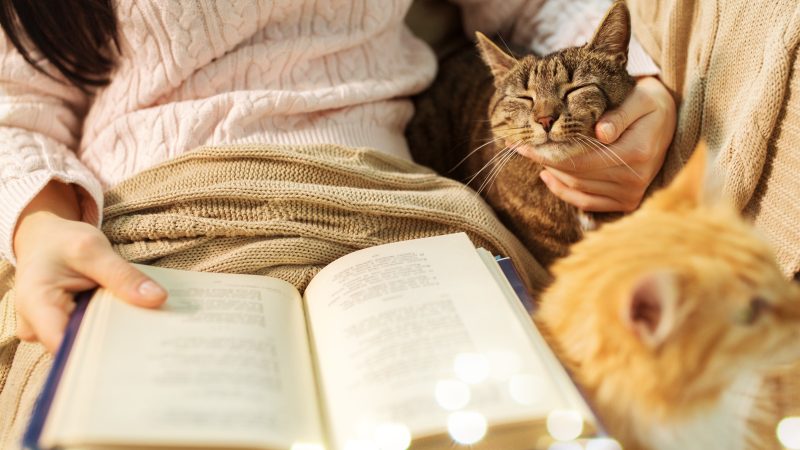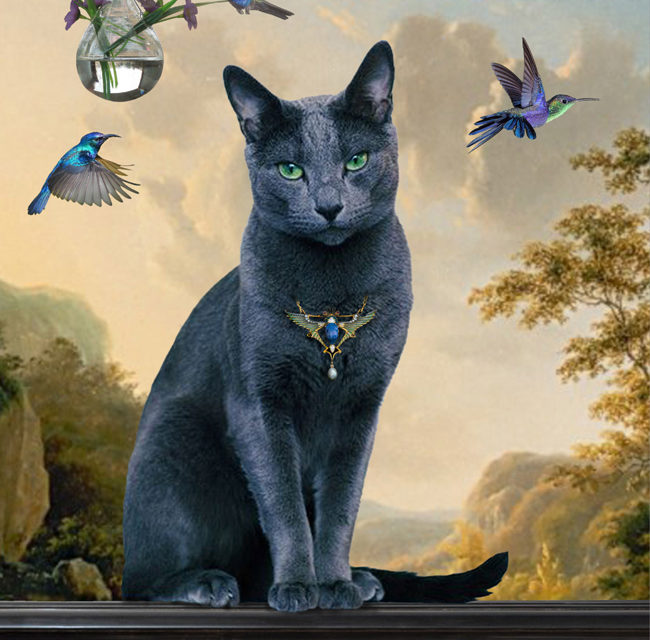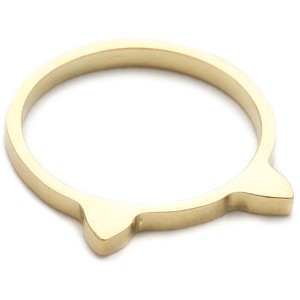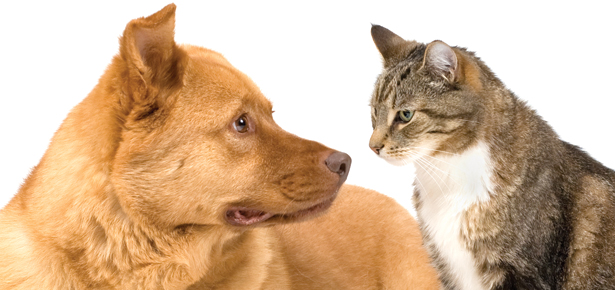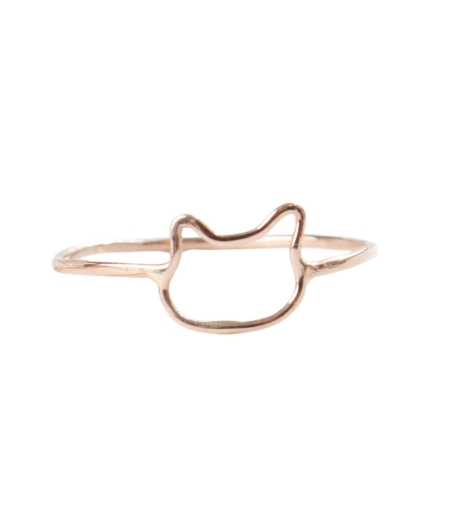
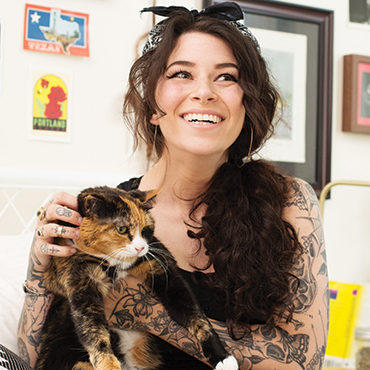
Reclaiming “Cat Lady”
Just don't call them crazy... How an army of kitty crusaders is spinning a negative stereotype on its whiskered head
According to one online urban dictionary, the term “crazy cat lady” refers to “an elderly suburban widow who lives alone and keeps dozens or more pet cats—usually many more than municipal code allows—in a small house, and refuses to give away or sell them even for the sake of the safety of the cats or herself.” Another definition reads, “Someone who can’t seem to get a date … or anything. It’s like [being] forever alone—except you get cats.” From gifs to memes to action figures to Halloween costumes to characters on popular TV shows, the so-called “crazy cat lady” has received a pretty bad rap.
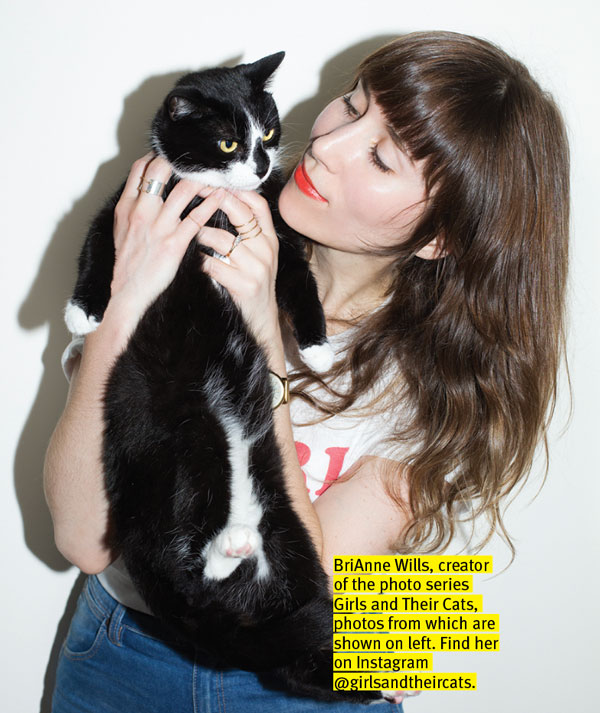
“I moved to Brooklyn in 2014 with my husband and two rescue cats [and] started Girls and Their Cats shortly after as a way to showcase cat ladies in a positive light,” she says. “I’ve photographed 184 cat ladies so far. I’ve also been commissioned by Fresh Step and Meow Mix to create social media content for them, and by Teen Vogue to shoot a Cats and Cat Eyes beauty editorial because they had seen the series.”
Her project, she adds, is “devoted to smashing the crazy cat lady stereotype” by featuring strong, independent, cool, stylish women of all varieties. “These women share their stories about how owning a cat or cats has changed their lives for the better and the portraits are beautiful representations of what living with a cat really looks like.”
She agrees that, in the past, the term “crazy cat lady” has tended to refer to “the little old lady down the street who lived alone and had an unhealthy amount of cats.” Though the label is, today, often used in a humorous way, she says there’s still ground to cover when it comes to eradicating all associated negatives—in particular, those that point to some sort of mental or emotional imbalance.
“Mental illness is not a frivolous subject matter and ‘crazy’ is not a term we should project on someone just because they own cats and maybe post a lot of cat videos,” BriAnne says, adding that her personal definition points to “someone who cares a lot about our furry friends and enjoys sharing their life and space with them.”
A second photographer with a similar aim is David Williams, who, in 2016, authored a New York Times bestselling photo book entitled Men With Cats: Intimate Portraits of Feline Friendship, the aim of which, according to his publisher’s website, is to celebrate “cat-owning men and the precious kitties who have stolen their hearts,” with subjects ranging from musicians to artists, soldiers, CEOs, truck drivers, and tattoo artists.
Speaking directly to the “crazy cat lady” archetype, David says that, while it may have originated from the association between witches and their black cats, he personally became aware of the term after seeing it portrayed in popular culture and on television shows like The Simpsons.
“It never had any deep impact on me besides light teasing about being more interested in cats over dogs,” he explains. “Our culture has a weird habit of assigning gender to pretty much everything—colours, cars, toys—and it’s no different for animals. Cats are for girls and dogs are for boys. When talking about cats and dogs, we even assign them a gender: cats are girls and dogs are boys. Presumably we do this because we just associate their stereotypical behaviour with human stereotypical behaviour. Cats are seen as more ‘feminine’ because they are passive and introverted, dogs are “masculine” because they are high energy and independent.”
As a man who loves cats—and who has met and collaborated with many other feline-loving males—David, like BriAnne, is interested in seeing the word “crazy” disassociated from those who consider themselves as “cat people.”
“I think that the word ‘crazy’ gets thrown around too often,” he says, echoing his fellow photographer’s sentiments. “There are people who live with mental illness every day and I think anyone who is interested in bettering the lives of cats is far from crazy. I think that dismantling the association of the word ‘crazy’ with anyone who is passionate about something, whether it’s cats, dogs, plants or rocks, is a shift in the right direction.”
Celebrating and embracing a love of cats is certainly a shift in the right direction for the cats crowding animal shelters across the U.S. and Canada—and, indeed, around the world. As the Kitten Lady, a.k.a. Hannah Shaw—a rescuer, humane educator and unwavering advocate who has dedicated her life to finding innovative ways to protect animals—says in a YouTube video posted late last year, not only is the stereotype of the crazy cat lady untrue—it’s actually damaging to cats.
“It discourages our participation in their protection,” she tells an audience of, thus far, nearly 17,500 viewers. “I think the language we use is really important because it frames not only our own self concept but also how other people perceive us, and I certainly don’t identify as crazy.
“It doesn’t have to be crazy to save lives,” she adds. “We know that a young generation is influenced by the images they see around them, so when we depict cat people as crazy, it discourages their involvement in a really important cause. When seven out of 10 cats who enter United States shelters are being held there, we need smart and sophisticated people of all backgrounds to be involved in helping to change that.”
BriAnne agrees, saying, “I’ve heard from a few cat ladies that they were unsure about adopting at first for fear of being judged or teased. There are more than a million cats euthanized each year so if women—and men—are afraid to adopt because of negative stereotypes, it definitely hurts cats in the long run.”
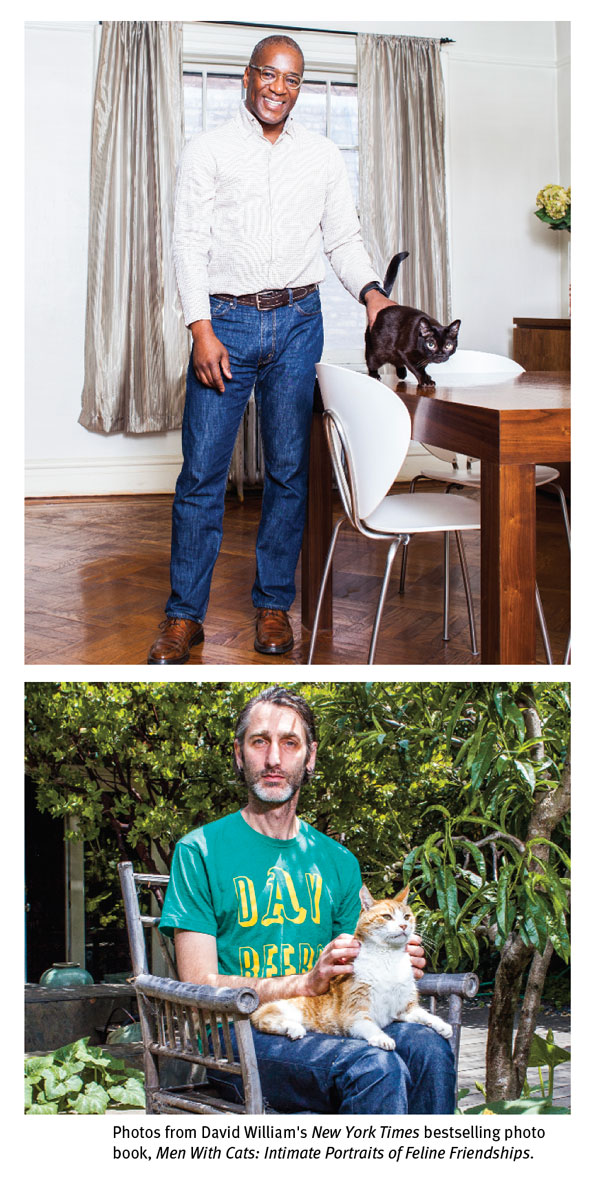
Happily, in her own work and observations, Diane believes the stereotype is changing, the label loosening. Rather then “crazy” preceding “cat lady,” she’s starting to see words like “awesome” and other upbeat adjectives being used. This change, she says, is “long overdue,” and “there are plenty of sane people who recognized this need. There may not be an organized political movement afloat, but there are millions of women across the world who enjoy talking about their cats, posting pics of them, and spreading the love for all things feline.”
And, though the stigma that’s been created by the “crazy cat lady” label is largely negative, Diane believes the characteristics of being crazy for and about cats are 100 percent positive.
“Being a cat person means that I am fully in tune with my cat’s personality—or, in the case of Lucius, with his multiple personalities!—health issues, habits, likes, and dislikes,” she says. “I am extremely proud to be a cat person, and I hope it is obvious that I never object to being called a cat lady. Just leave out the ‘crazy,’ please!”
Back on YouTube, Kitten Lady Hannah, too, dismisses the notion of a lonely old woman with a million cats, a bathrobe, and frizzy hair.
“To me what it means to be a ‘cat person’ is to be a socially conscious advocate who’s striving to find innovative ways to protect a really vulnerable population,” she states. “And the people who protect cats come in so many shapes and sizes—it’s women, men, young people, working professionals, lawyers, photographers—even tattooed rescuers like me.
“We need a shift in consciousness in the way we think about cats—and the people who protect them,” she continues. “So let’s get out the lint roller, take off the cat ears, and dismantle this stereotype. I want every person to feel empowered to get involved in whatever capacity they can, because it takes all of us to make the world a safer place for cats.”.
Check out this purrrfectly lovely collection of cat items!
Join the newsletter and never miss out on cat content again!
"*" indicates required fields
By clicking the arrow, you agree to our web Terms of Use and Privacy & Cookie Policy. Easy unsubscribe links are provided in every email.





